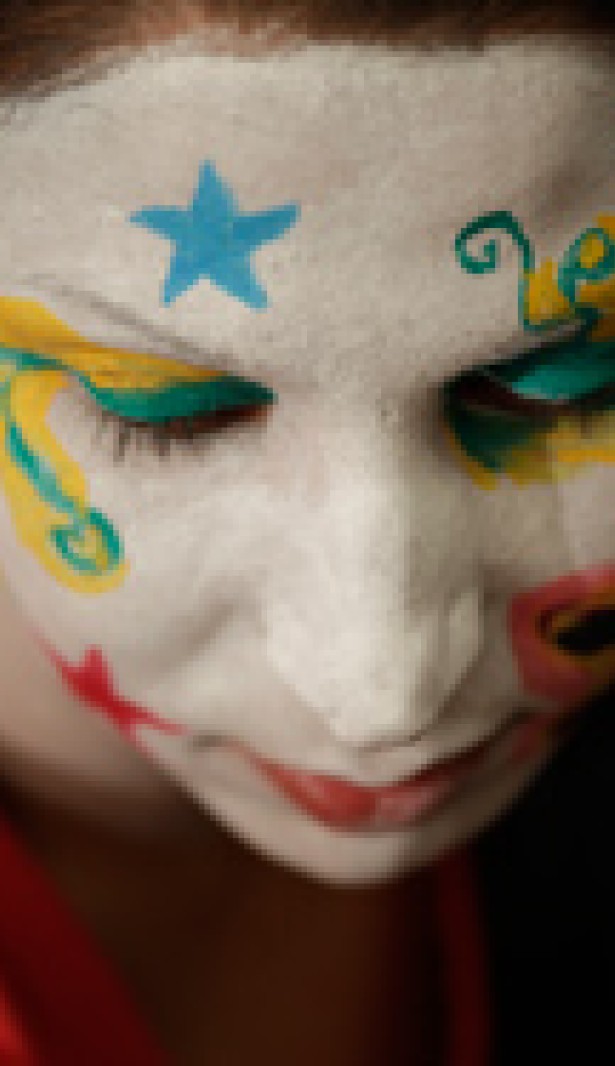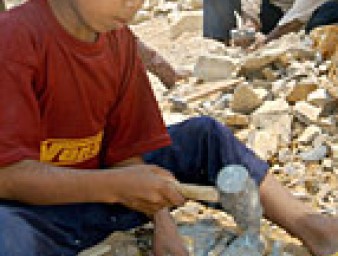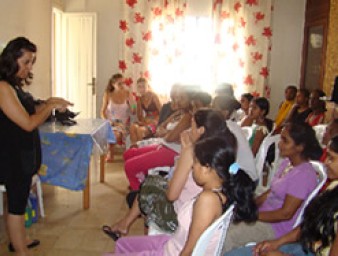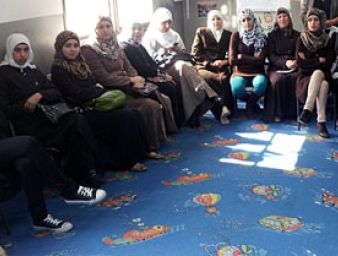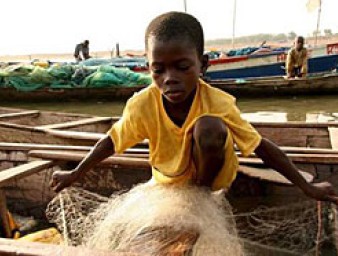Sex trafficking: Maria’s story
10 November 2014
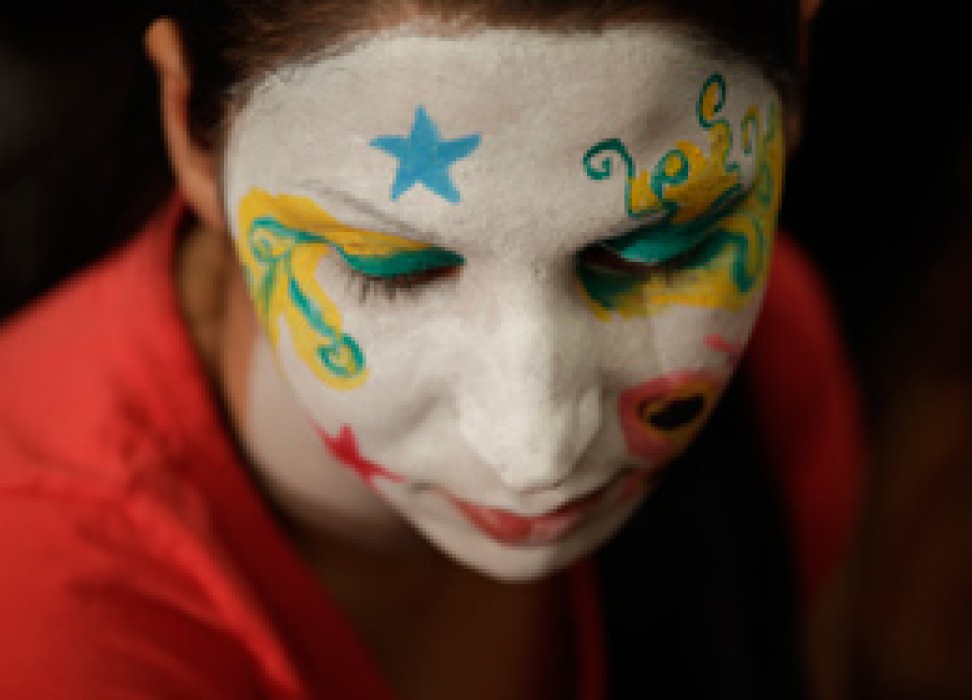
Maria was 20 years old and pregnant with her second child when she left her abusive boyfriend. Attempts at reconciliation had failed when one day he came to visit her at her mother’s house in the town where she had grown up in Romania. He took her to a field where two cars were parked. The men in the cars handed 1,500 euros to her ex-boyfriend, then grabbed Maria and took her to a house where she was kept prisoner, and repeatedly raped and battered over many months.
She was then traded again: “The people who bought me sold me again for 1,000 euros and a car.”
Maria’s new captors were on the way to Italy with her when they were stopped by traffic police. Maria managed to alert them and was rescued. The police referred her to the Association for the Development of Alternative Practices for Education and Reintegration (ADPARE), a Romanian NGO that assists victims of human trafficking for the purpose of sexual exploitation and forced labour.
The UN Slavery Fund supports a number of NGOs, including ADPARE, which rescue and assist victims of trafficking for sexual exploitation and offer specialized support in the reconstruction of their lives.
APDARE provided Maria and her children with psychological counselling, legal and social assistance, and humanitarian support and she has since been able to rebuild her life. She now lives with her two children at her parents’ house, working as a cleaner and occasionally as a beautician. Through the NGO she educates others about human trafficking.
Maria is one of millions who fall victim to human trafficking every year. The International Labor Organization estimates that of the nearly 21 million people who are victims of forced labour, globally, around 20 percent are victims of sexual exploitation.
The UN Human Rights Office advocates for a human rights-based approach to trafficking which gives the victim priority and focuses on its fundamental causes, including discrimination, poverty and institutional weaknesses offering impunity to the perpetrators.
Read Maria’s story and others in “The Human Faces of Modern Slavery”.
The UN Voluntary Trust Fund on Contemporary Forms of Slavery is financed by State and other contributions. Established in 1991, the Fund is managed by the UN Human Rights Office, and has awarded several million US dollars in grants to more than 500 organizations worldwide to support projects delivering humanitarian, legal, psychological and social assistance to victims of slavery. A drop in contributions, since the financial crisis is now limiting the number of organizations the Fund is able to support.
In addition to traditional slavery, modern forms of slavery include serfdom, forced labour, debt bondage, the worst forms of child labour, the sale of children, forced and early marriage, the sale of wives and inherited widows, and trafficking in persons for exploitation and sexual slavery.
10 November 2014
